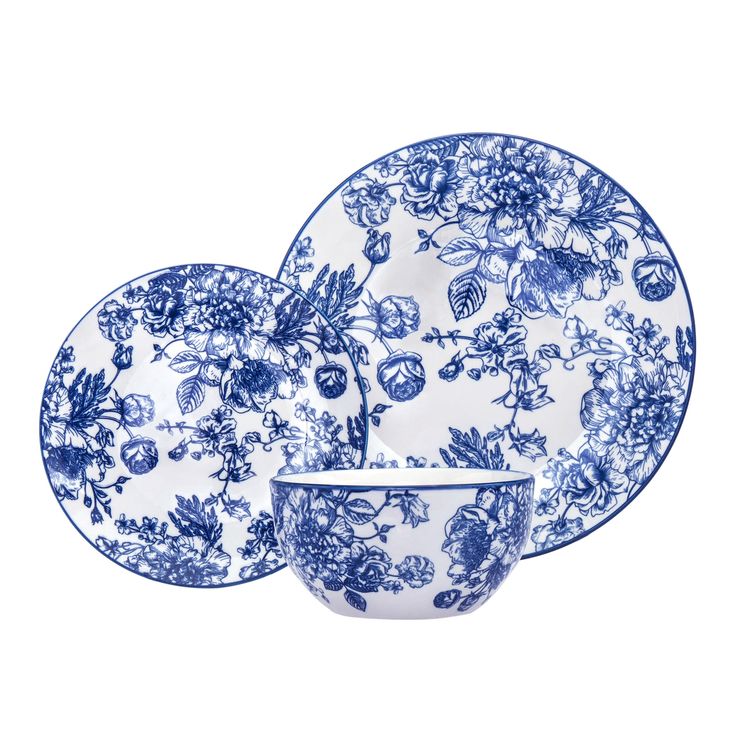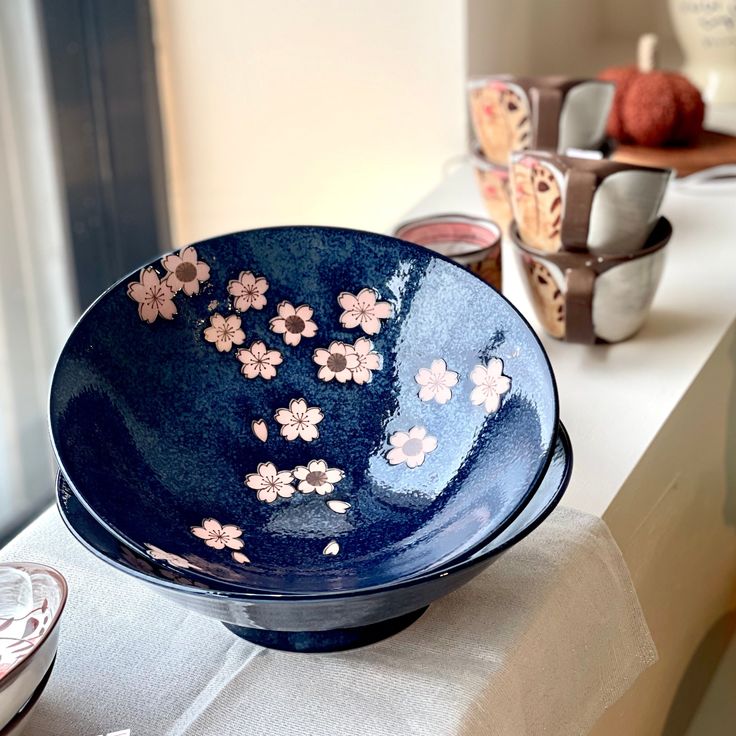The rise of culinary creativity has brought a variety of tools to the forefront, and one of the most fascinating among them is the obsidian kitchen knife. Crafted from natural volcanic glass, these knives boast remarkable sharpness and unique aesthetics that elevate both everyday cooking and gourmet food preparation. However, owning an obsidian kitchen knife comes with responsibilities regarding maintenance and care. This guide offers essential tips to keep your knife in optimal condition for years to come.
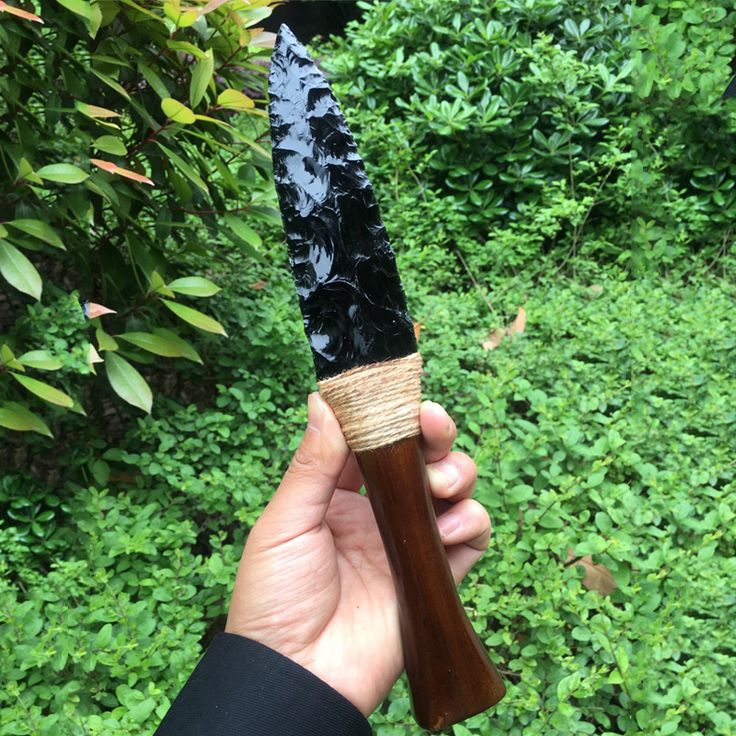
Understanding Your Obsidian Kitchen Knife
Before exploring maintenance tips, it’s crucial to comprehend what makes the obsidian kitchen knife distinct. Unlike traditional steel knives, obsidian knives derive from pure volcanic glass. This unique material gives them an incredibly sharp edge, enabling them to slice through fruits, vegetables, and meats with unparalleled ease. The sharpness of these knives comes from the molecular structure of obsidian, which allows for ultra-fine edges that can perform delicate cuts. However, this remarkable sharpness necessitates careful handling and maintenance to prevent chipping and breakage.
Many chefs appreciate the aesthetics of an obsidian kitchen knife. With its sleek, shiny surface and captivating natural patterns, it serves not only as a functional tool but also as a stunning piece of art in the kitchen. The elegance of obsidian knives adds an element of sophistication to culinary preparation. However, the beauty of an obsidian knife can be deceiving—improper care can lead to swift deterioration of both the blade and the handle. A solid understanding of maintenance practices is essential for preserving this exquisite tool. By following the right care techniques, you can significantly impact its longevity and enjoy enhanced user satisfaction while cooking.
Proper Cleaning Techniques for Obsidian Knives
Cleaning an obsidian kitchen knife demands special attention. Unlike metal knives, which may endure harsh cleaning methods, obsidian knives require a gentler approach. To maintain the integrity of the blade, wash your knife by hand using warm, soapy water. Avoid using abrasive sponges or brushes, as these can scratch the surface and create tiny nicks in the edge.
When cleaning, make sure to hold the knife away from the blade when scrubbing to prevent accidental cuts. After washing, promptly dry your knife with a soft cloth. Avoid air drying, which can lead to water spots on the surface. Remember, excessive moisture can promote the growth of bacteria, so ensure the knife is completely dry before storing it.
It’s crucial to keep in mind that certain cleaning agents can damage the obsidian blade. Avoid bleach or any harsh chemicals, as they could affect the knife’s finish or structural integrity. Instead, opt for mild dish soap to ensure safe cleaning. Practicing these cleaning techniques will reduce wear and tear, thereby extending your obsidian kitchen knife’s lifespan.

The Importance of Proper Storage
Storage of your obsidian kitchen knife plays a significant role in its longevity. Unlike traditional knives, obsidian knives are more susceptible to chipping and breakage. Harmful elements during storage can quickly compromise their integrity. Therefore, proper storage helps your knife maintain its stunning edge and overall condition.
Consider investing in a dedicated knife block or a magnetic strip for wall mounting. These types of storage avoid potential contact with other kitchen utensils that may cause nicks or cuts. If you choose to store your knife in a drawer, use a sheath or a protective case to prevent unintended damage. Many chefs recommend avoiding knife rolls, as they can cause blades to bump against one another, leading to chips.
It’s vital to keep the storage area dry and free from excess humidity. Excess moisture can lead to mold or decay, affecting any organic materials used in the knife’s handle. Storing your knife away from direct sunlight can also prevent any potential fading of decorative elements or fading of the blade itself. Practicing proper storage techniques helps maintain the functional and aesthetic qualities of your obsidian kitchen knife.
Sharpening Techniques for Optimal Performance
While obsidian kitchen knives are renowned for their inherent sharpness, proper sharpening techniques remain essential for optimal performance. Over time, even the finest obsidian edges will dull. Consequently, maintaining a sharp edge through appropriate sharpening practices extends the knife’s usability and effectiveness in the kitchen.
Experts recommend using a diamond wheel or water stones designed specifically for obsidian sharpening. Avoid traditional metal sharpeners, which may be too abrasive and could compromise the blade’s edge. Always adhere to the manufacturer’s guidelines for sharpening angles and techniques to maintain the correct bevel.
Sharpening should occur regularly, particularly if you use the knife frequently. Signs your knife requires sharpening include difficulty slicing or the need for excessive pressure to cut through food. When sharpening, pay close attention to the angle; a consistent angle prevents inconsistencies in blade sharpness. By regularly sharpening your obsidian kitchen knife with the right tools, you ensure it retains its extraordinary cutting ability.

Avoiding Common Mistakes
Many users make the mistake of treating an obsidian kitchen knife the same way they would treat a traditional steel knife. Understanding the differences is crucial to protecting your investment. One common error is using the knife on hard surfaces like glass or granite countertops. These surfaces can chip the delicate edge of your obsidian knife. Always use cutting boards made from softer materials, such as wood or plastic, to minimize wear and tear.
Another mistake is exposing the knife to extreme temperatures. Heat can weaken the structure of the obsidian blade, while cold can lead to cracking. Avoid placing your knife in the dishwasher, as the heat and moisture can damage it. Stick to hand-washing techniques, as previously mentioned, to ensure the knife lasts longer.
Lastly, many also overlook the impact of using the knife for tasks it was not meant for. Obsidian knives excel at precision cutting, but using them for heavy-duty tasks like prying or boning can lead to damage. Using the proper tool for the appropriate task will help maintain the integrity of the obsidian kitchen knife.
Recognizing Signs of Wear and Tear
Regular inspections of your obsidian kitchen knife will help you spot signs of wear and tear early. Keep an eye out for chips on the blade or uneven edges, as these are indications the knife requires maintenance. Use your senses; if you notice any unusual sounds when cutting or feel resistance where there shouldn’t be, it may be time for a detailed evaluation.
Additionally, check the handle for signs of wear, especially if it’s crafted from natural materials like wood. Cracks or deterioration in the handle can affect safety and stability during use. If the handle begins to feel less secure, consider re-stabilizing it or consulting a professional for repairs.
If you detect any damage, refrain from using the knife until corrective action has been taken. Continuing to use a damaged knife can worsen the problem and lead to injury. Addressing issues promptly protects not only the knife but also your safety while cooking.
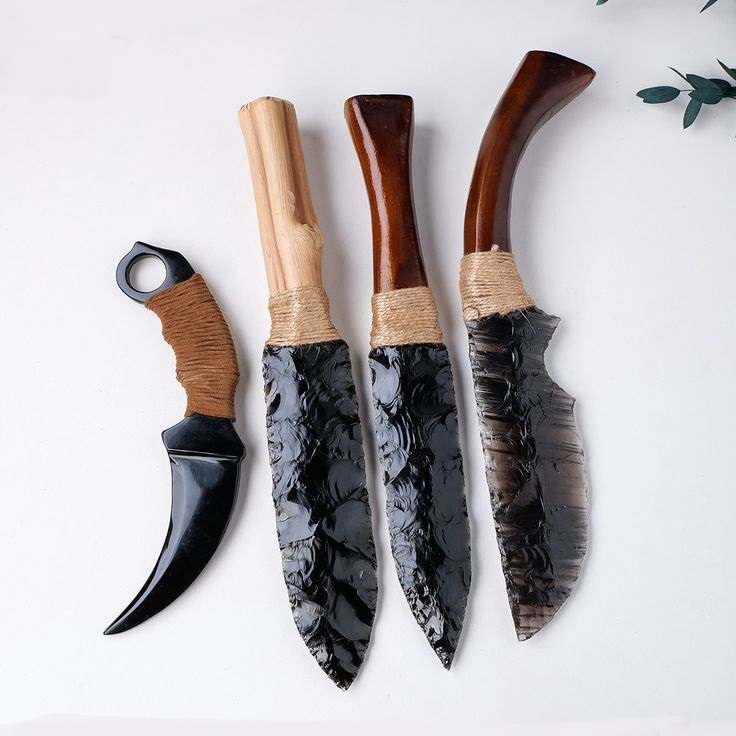
The Importance of Choosing Quality
When purchasing an obsidian kitchen knife, prioritizing quality should be at the forefront of your decision-making process. Not all obsidian knives are created equal. Opt for knives made from high-grade obsidian that showcase exceptional craftsmanship. High-quality, multi-layered obsidian provides enhanced strength, durability, and edge retention. This construction ensures that your knife remains sharp and functional for a longer period, even with regular use. Investing in a high-quality knife pays dividends over time, as it delivers optimal performance and longevity in your kitchen.
To make an informed decision, conduct thorough research on reputable manufacturers. Consult reviews from professional chefs or culinary enthusiasts, as their experiences can guide you toward the best options. Learning from others can help you identify brands known for their craftsmanship and reliability. Ensuring that your knife is sourced from a trusted supplier will give you peace of mind regarding its origin and quality.
Additionally, take note of the warranty or return policy that accompanies your knife. A product backed by a solid warranty reflects the manufacturer’s confidence in its quality and durability. This assurance offers valuable insight, allowing you to understand the expected longevity and overall value of your investment.
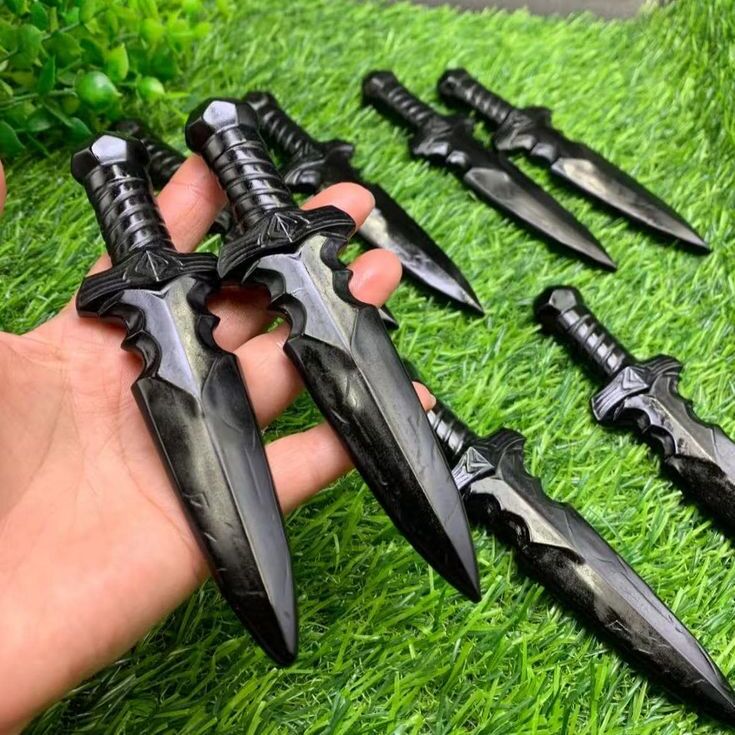
Conclusion: Preserving Your Investment
Caring for your obsidian kitchen knife should encompass various aspects, including cleaning, sharpening, storing, avoiding common mistakes, and recognizing wear. By understanding the intrinsic qualities of obsidian and committing to a regular maintenance schedule, you can prolong the life of this exquisite tool.
Protecting your investment requires dedication and mindfulness about proper usage and care. This effort not only enhances your culinary experience but also preserves the beauty and functionality of your obsidian kitchen knife. Whether you are chopping vegetables, slicing meats, or presenting impressive culinary creations, a well-maintained knife will always elevate your cooking journey to new heights.
